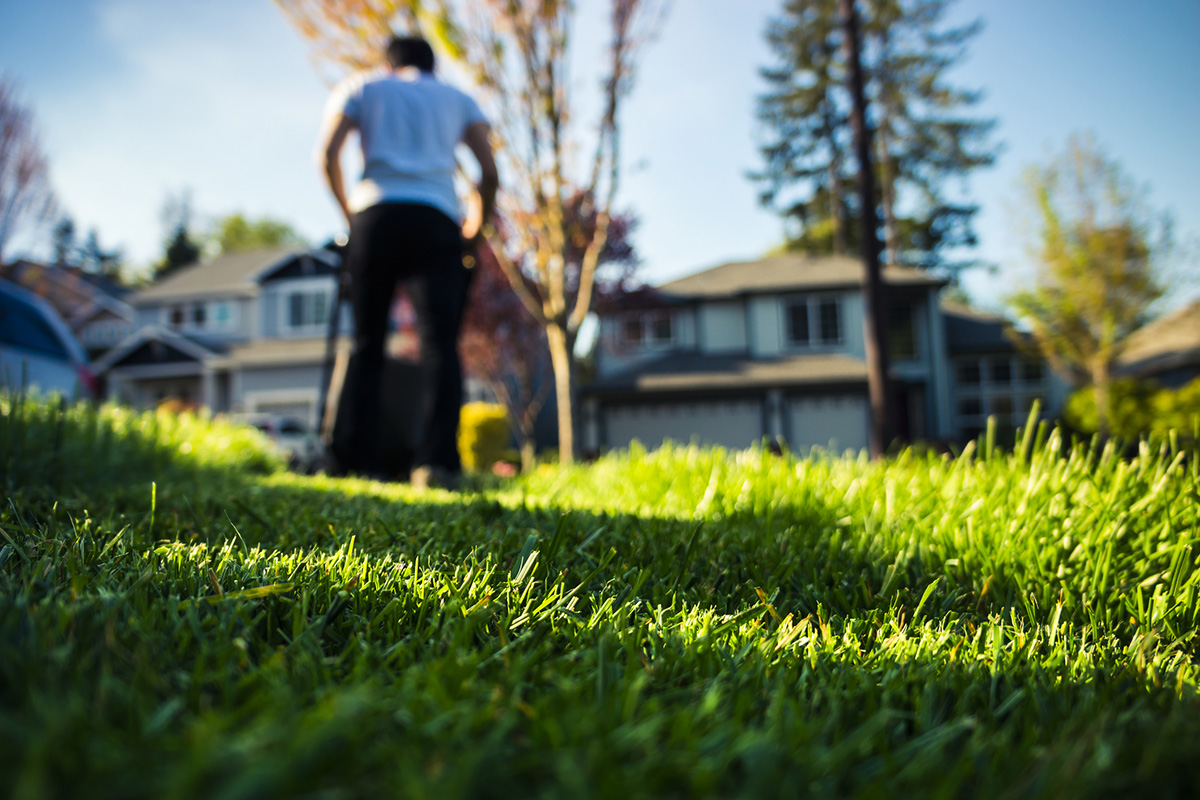By Sally Cunningham
_________________________________
On a bright March day, take a stroll around your yard or property, making notes as you go.
- What landscape and garden features, or trees, pleased you last year, what was too much work, and what did you wish for?
- Notice the damage you are seeing… Are some evergreens wind-burned or broken by the ice, snow, or snow plow? Did some large trees lose major limbs or threaten the house or car? Are there eye-sores you would like to cover up in the future?
- Is the yard missing “winter interest?” Compared to other yards or arboretum visits, what attractive plants would make the yard more attractive (to you and the birds) in the gray/brown/white months?
- What do your changing family or life circumstances (age, health, travel, work) suggest you do differently? Re-think it all, before you get busy with what you have always done.
Make note of these things and move forward into the spring season with your goals.
As an Extension Educator and leader of Master Gardeners, certain questions pop up in certain months. Here are just a couple I hear in March:
When can I plant my garden?
The questions suggests that there is a “planting day or week,” and there is not.
- You can plant trees and shrubs as soon as the soil is warmed up enough to dig the wide holes. This could be in early to mid-Spring. (Remember, they were already outside in a nursery).
- You can plant hardy perennials as soon as the soil is warmed up enough to turn it over, add the compost, etc.—usually in May and June. Do not plant things or work the soil when it is damp or muddy (typically clay.) Garden centers don’t usually have the full perennial selection outside until May, and it depends upon shipments in many cases.
- Plant peas in cold soil if you can poke the peas one-inch deep into it.
- Plant cool-season vegetables (leafy greens, cole crops) from seeds or seedlings in cold soil when it is penetrable.
- Wait to plant tender annuals or tropical plants until after the projected “last frost date,” (often as late as Memorial Day) Prepare to cover them on cold nights.
- Plant warm-season vegetables (tomatoes, vine crops, beans) only when all risk of frost has passed, when the soil feels crumbly and warm to the touch, and when nights stay above 55 degrees. This is usually late May or early June.
Is my tree, shrub, or perennial alive?
The short version: Many plants don’t show much health or life in spring. Many people cut down a black locust that looks dead, when in reality it gets leaves in June. Many people dig up or cut off a hardy hibiscus, balloon flowers, butterfly weed (Asclepias), or sub-shrubs (Caryopteris or butterfly bush) when in reality they don’t “show up” until late May or June. Many people cut off Big-leaf Hydrangea branches that look dead, when in fact the dormant buds on those “sticks” will form flowers in June.
Deciduous tree branches: If you wonder what is alive or dead, scratch lightly in a small space along a branch. If you see green, there is life.
Evergreens: Dead looking branches, among the green ones, are usually dead. Except for yews, boxwoods, and a few others (that make hedges), most trees don’t re-sprout from dead wood.
Bottom line: be patient and observe.
_________________________________
Sally Cunningham is a horticulture expert, with former Master Gardener and Cornell Cooperative Extension positions. Currently she is an author, speaker, and garden tour director with AAA of Western and Central New York.
_________________________________


